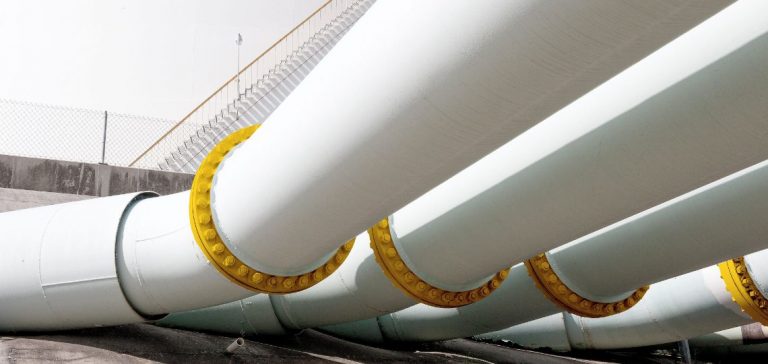Shell Pipeline Company LP (“Shell”) announced today its final investment decision (FID) for the Rome Pipeline project, an offshore pipeline intended to improve access between Shell’s Green Canyon Block 19 (“GC-19”) pipeline hub platform and the Fourchon Junction facility on the Louisiana Gulf Coast. This project aims to strengthen Shell’s presence in the Gulf of Mexico (GoM) by increasing oil transport capacity, thereby supporting national oil production in the western and central areas of the GoM.
This new addition to Shell’s pipeline network will allow for increased flexibility and efficiency in oil transport, consolidating the company’s strategic position in the region. Andrew Smith, Executive Vice President of Shell for Trading and Supply, stated: “This investment will reinforce Shell’s strategic position in the American Gulf of Mexico through enhanced oil transport capacity, increased flexibility, and better efficiency.”
Partnership with BP America Production Company
In parallel with this announcement, Shell and BP America Production Company (“bp”) have entered into an agreement for the Rome Pipeline to export 100 % of the oil production from bp’s recently authorized Kaskida project in the Keathley Canyon area. This strategic collaboration allows for optimizing the use of existing infrastructure and maximizing oil transport efficiency in the region.
The Rome Pipeline will extend approximately 100 miles and follow an existing pipeline corridor. It will originate from Shell’s GC-19 pipeline hub platform, which serves as a destination for several deep-water fields in the GoM due to its connections with most major crude oil markets in Texas and Louisiana. This infrastructure is essential to support the continued expansion of oil production in the region.
Shell’s Expertise and Safety
Shell relies on its vast experience in constructing and safely operating pipelines, including nearly 3 000 miles of pipelines in Louisiana and in the GoM waters off the Louisiana coast. The Rome Pipeline will benefit from this extensive expertise and Shell’s unwavering commitment to safety, thereby ensuring reliable and secure operations.
Shell’s strict safety protocols will be applied throughout the construction and operation of the Rome Pipeline. The company continually invests in advanced technologies to minimize environmental risks and ensure the protection of marine ecosystems in the Gulf of Mexico. Additionally, regular audits and specific training will be implemented for personnel involved in the project.
Operational Outlook
Pending necessary permitting and regulatory agency approvals, the Rome Pipeline is expected to begin operations in 2028. This ambitious timeline reflects Shell’s determination to develop robust energy infrastructure and support national oil production in a sustainable and efficient manner.
The start of the Rome Pipeline will also help reduce existing bottlenecks in the Gulf of Mexico’s oil transport network, thereby facilitating a smoother and faster distribution to key markets. Shell expects this project to significantly contribute to the stability and growth of the American energy sector while adhering to the strictest environmental standards.
This project represents an important step in Shell’s strategy to strengthen its energy infrastructure in the Gulf of Mexico, while closely collaborating with key partners like BP America Production Company to maximize oil transport efficiency and safety.






















